From what age can you ride a bike on the road and what rules must be followed?

Eco-friendly two-wheeled vehicles are increasingly being chosen by urban dwellers as an alternative to cars, motorcycles and scooters. But few people know how old you can ride a bike on the road. Meanwhile, every day thousands of people travel on the highways without even studying the traffic rules. Can a child at the age of 7 or 14 move on the roads equally with adults? Until what age is it prohibited to ride on the road? Where can you ride a bike with two or three wheels, with a trailer or an electric motor?
It can be difficult to act in the legal field on the road without studying such information. In addition, if a dangerous or emergency situation arises in a dispute with representatives of the traffic police, it is important to know whether the rules have been violated. Understanding exactly how to proceed will help the study of traffic rules regarding cyclists.
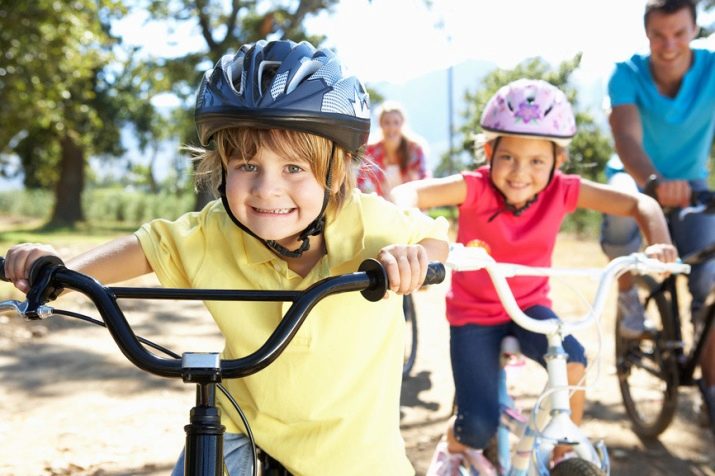
Who is considered a cyclist?
In order to follow the rules, you must first understand the definitions. Traffic rules will give an exhaustive answer to the question of who is considered a cyclist, who can drive a two-wheeled vehicle when entering a highway.
Cyclist (bicycle driver) - a person who drives a vehicle with two or more wheels, which is not a wheelchair.
In this case, the bike moves due to muscle power using the pedals. Bicycles also include models equipped with electric motors up to 250 W, with a speed limit of 25 km / h. In fact, this means that those who travel on these types of transport are subject to all the rules that are relevant to other drivers.
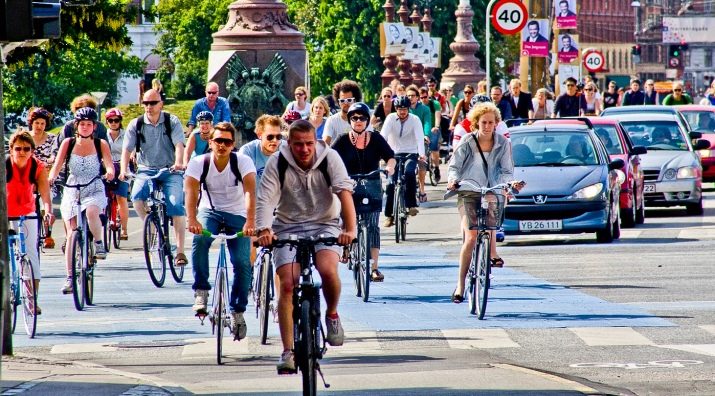
If a person is not in the saddle of a vehicle, but leads it dismounted, he is not equated with the persons driving it. This is how a pedestrian differs from a cyclist, and he can be both on the sidewalk and on a special cycle path. A person outside the saddle is not considered a cyclist. This is convenient when it comes to a quick change of status, for example, when crossing the carriageway in the presence of a pedestrian crossing.

Features of movement for different age categories
The traffic rules are very specific and understandable in terms of the question of at what age people who ride a bicycle are allowed to move around the carriageway.
Children under 7 years old
For the youngest cyclists, current regulations exclude all roads outside of the pedestrian areas. In this case, it is imperative to provide parental control over their movement. Preschoolers cannot even ride on the sidewalks on their own.

7-14 years old
School-age children travel exclusively off the side of the road, bike lanes, you must not cross the boundaries of the carriageway. Persons who have reached the age of 7 can independently move on paths for pedestrians, bicycle routes, bike paths and sidewalks, provided that the safety of those who are near them is ensured. Accompanying persons can travel in the same place as their wards.

Over 14 years old and adults
Teenagers who have reached the age of 14 and adult cyclists may only move around pedestrian zones and sidewalks if there are no other possible detours. You can drive along the sides of the roads if the lane on the carriageway on the far right is occupied. Changing lanes is strictly prohibited.
If there are marked bicycle or pedestrian markings on the road, it is necessary to move within it. And also it is allowed to occupy the lane allocated specifically for bicycle riders.
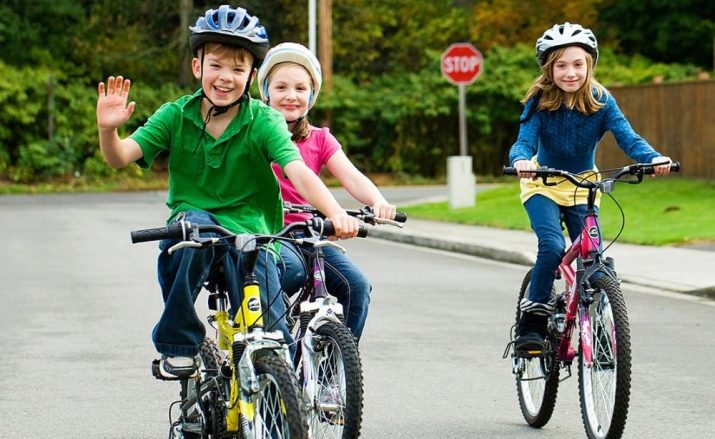
The following situations are exceptions to the rule:
- transportation of cargo with dimensions over 1 m (exit to the carriageway is allowed);
- moving a bicycle column (you can ride on all types of roads);
- riding of children under 14 years old with accompanying persons or transportation of a child under 7 years old (can be carried out on the sidewalk).

Where can you go?
Cycling is not possible on all roads. You can read about whether it is allowed to move on 2-wheeled vehicles on highways, public highways in the section of traffic rules No. 24. In particular, it is indicated here that, according to the age category of a cyclist, he can move on sidewalks, shoulders, carriageways, pedestrian zones, designated cycle paths.
There are a number of additional requirements that need to be followed.
If the movement of the cyclist creates difficulties for other road users on the sidewalk, pedestrian zone or path, shoulder, he is obliged to dismount and drive the vehicle no longer as a driver.
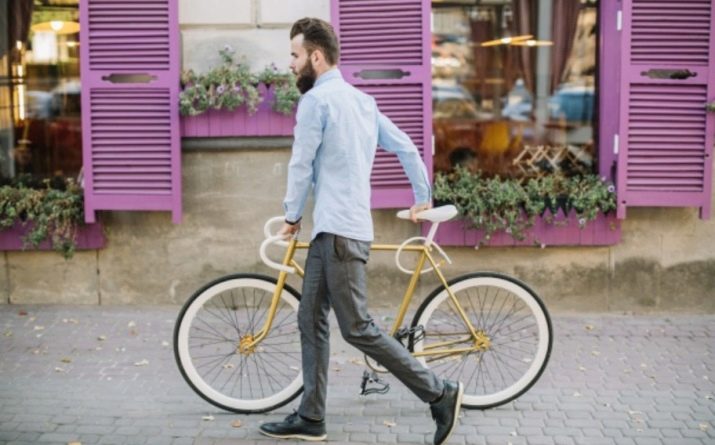
On some roads in Russia today there are dedicated lanes designed for the movement of cyclists and moped drivers. They should not be driven by other vehicles. If there is a dedicated and signposted lane for public transport on the right, cyclists also have the right to move within it without interfering with minibuses, buses and trolleybuses. This requirement must be strictly observed. Drivers of two-wheeled vehicles have the right of priority within designated bicycle zones, equipped with appropriate signs.
In this case, cyclists are allowed to move along the entire width of the carriageway in the same direction, maneuver, turn, make a right turn.
Pedestrians on such sections do not have the right of priority, but they can cross the road outside specially marked places. It is forbidden to move around the cycle zones at a speed exceeding 20 km / h.
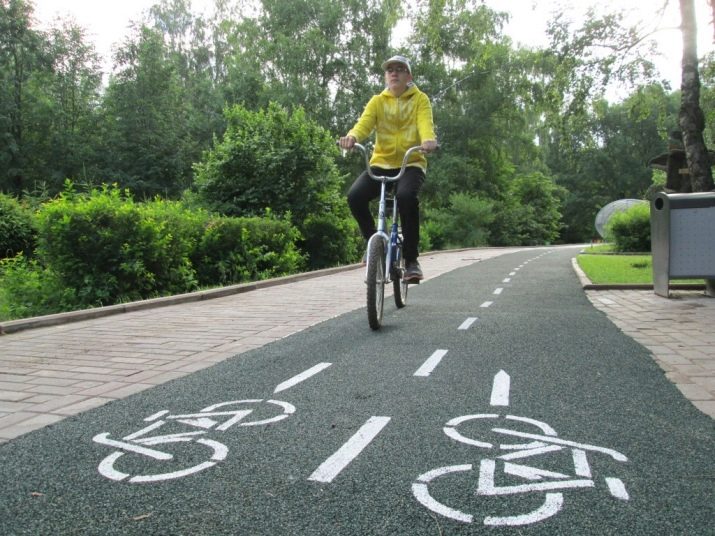
What rules should cyclists follow?
The main guide for cyclists is considered to be section 24 of the SDA. However, it is a mistake to believe that they are not subject to the requirements for drivers and vehicles. In the case of a cyclist, only the rules for pedestrians who are not going to go anywhere will be superfluous. Among the mandatory requirements that must be observed, several points can be distinguished.
Control over the technical serviceability of the vehicle
The bicycle is equated to other means of transport, therefore according to clause 2.3 of the SDA, before leaving, his driver (cyclist) is obliged to check the correct operation of the hitch in the presence of a trailer, steering column, brake system, headlights and parking lights on electric vehicles.
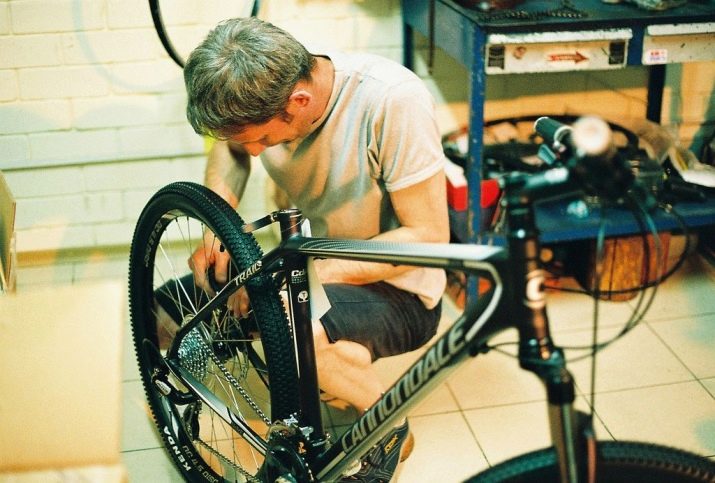
Signaling when maneuvering
The cyclist gives them with gestures. When maneuvering, it is important to make sure that there is no interference with other road users. There are several applicable signals.
- Braking designation. The left or right hand is raised and extended upward.
- U-turn or turn left. It corresponds to the left hand laid out to the side. This is the most commonly used gesture. And also let's say a gesture in which the right hand is extended to the side at shoulder level, bent at the elbow.
- Right turn. It corresponds to a gesture with the right hand extended to the side. This is an easy option. And you can also use the left arm bent at the elbow and raised upward to indicate a maneuver.
It is worth considering that it is recommended to demonstrate their intentions to perform a maneuver or braking in advance, before actions are taken. Experienced cyclists recommend avoiding heavy braking and loss of road control at this moment.
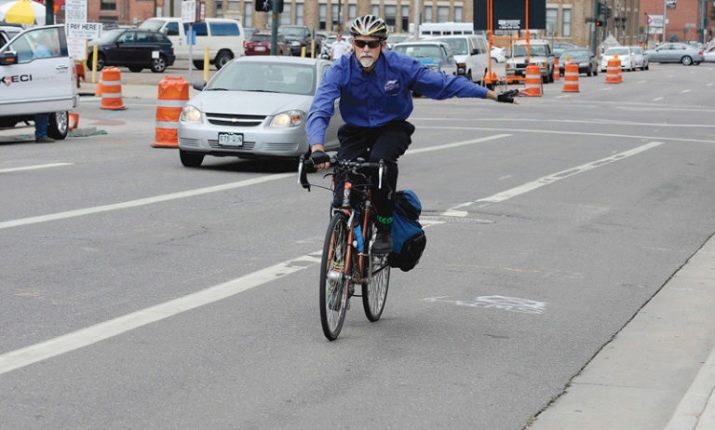
Compliance with the rules of passage of pedestrian crossings
The bike rider must stop in front of a pedestrian crossing at a regulated or unregulated intersection. In this case, road users traveling on foot have the right of priority. If the cyclist dismounts, the same rules apply as for other pedestrians.
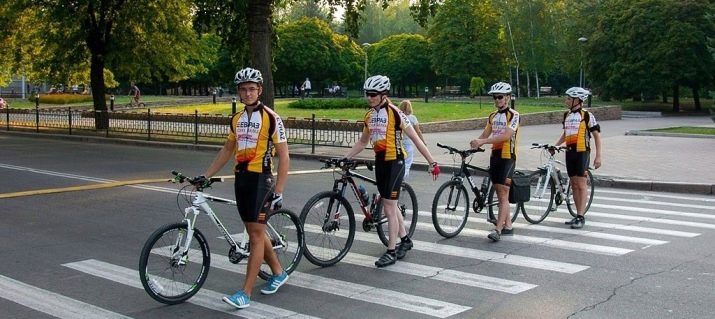
What is prohibited for this category of drivers?
There are a number of requirements that are recommended to be followed. Let's take a look at what cyclists shouldn't do.
- Drive a vehicle while intoxicated or after taking medications, affecting the speed of the driver's reaction. You cannot drive yourself, transfer the right to drive to another person who has consumed alcohol.
- Move without lighting devices. It is mandatory for cyclists to use low beam or daytime running lights during the day and headlights at night. In fact, 90% of two-wheeled vehicles without a motor are not equipped with a set of lighting equipment. Its absence can cause interest from the traffic police and a reason for the imposition of a fine.
- Drive without holding the steering wheel with 1 or 2 hands.
- To transport bulky goods protruding from each side by more than 0.5 m. Also, objects that interfere with the control of the bike must not be transported.
- Carry out the carriage of passengers outside the regular seats for their boarding, and also in the absence of child seats with seat belts.
- Cross pedestrian crossings as a driver along with the flow of people.
- U-turn, turn left (except for single-lane roads and cycling areas).
- Towing trailers, the design of which was not initially provided for in the standard equipment of the vehicle.
All these violations directly entail penalties.The decision on their imposition is made by the traffic police.

Penalties for breaking the rules
Riding a bike in violation of the rules may result in penalties. It is worth considering that the 12th chapter The Code of Administrative Offenses of the Russian Federation excludes two-wheeled non-motorized types of equipment from the category of vehicles. But cyclists are subject to Article 12.29, which applies to pedestrians and other road users.
They will have to pay 800 rubles for traffic violations. In addition, when a state of alcoholic intoxication is detected, this amount increases to 1000-1500 rubles, depending on the severity of the offense.
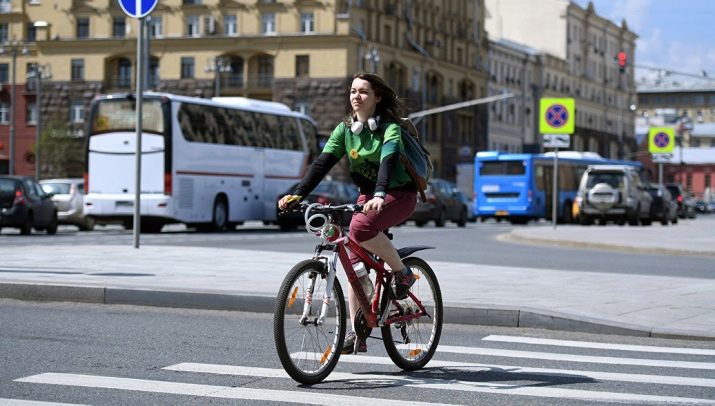
If the cyclist interferes with the movement of other vehicles, in accordance with Article 12.30, such actions are punishable by a fine of 1,000 rubles. Mild to moderate harm to human health also requires proportionate punishment. In this case, the amount of the fine will be from 1,000 to 1,500 rubles. For minor violations, traffic police inspectors rarely find fault with bicycle drivers, but this does not mean that you can comply with the requirements of the rules, interpreting them at your own discretion.
Traffic rules must be known and followed so as not to create dangerous situations for other road users.
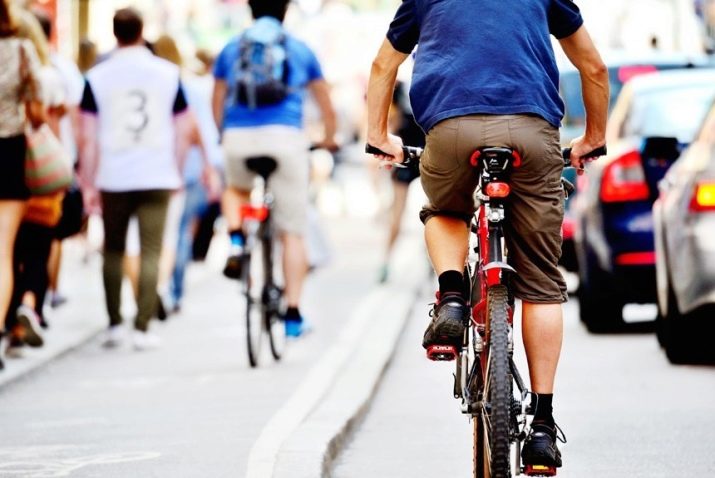
The following video will tell you about the latest changes in traffic rules for cyclists.








